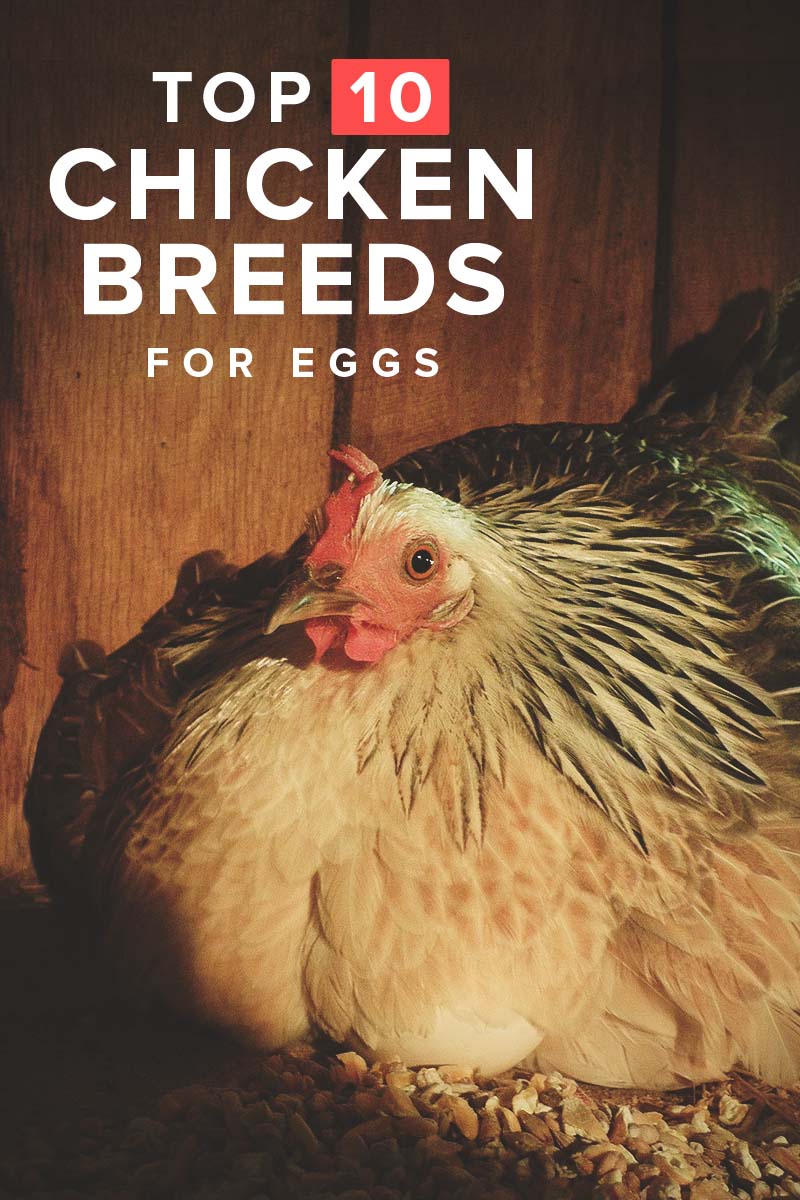A lot of chicken eggs are eaten. You’ll save hundreds or thousands of dollars per year by using the area in your yard to maintain hens that produce eggs (nearly) every day.
As a result, it’s recommended that you pick the finest chicken breeds for egg production if you want to keep chickens for eggs. Producing more eggs with the same number of hens will allow you to save even more money.
That’s what we’re going to talk about in this article today.

The 10 Best Eggers
Of course, when it comes to egg-laying chicken breeds, everyone has their favorites. That can’t be denied. Nonetheless, these five sorts of chickens are going to appear on any list of heavy egg layers. Although you may select and choose, it is important to recognize that various breeds might not mix.
1. White Leghorns
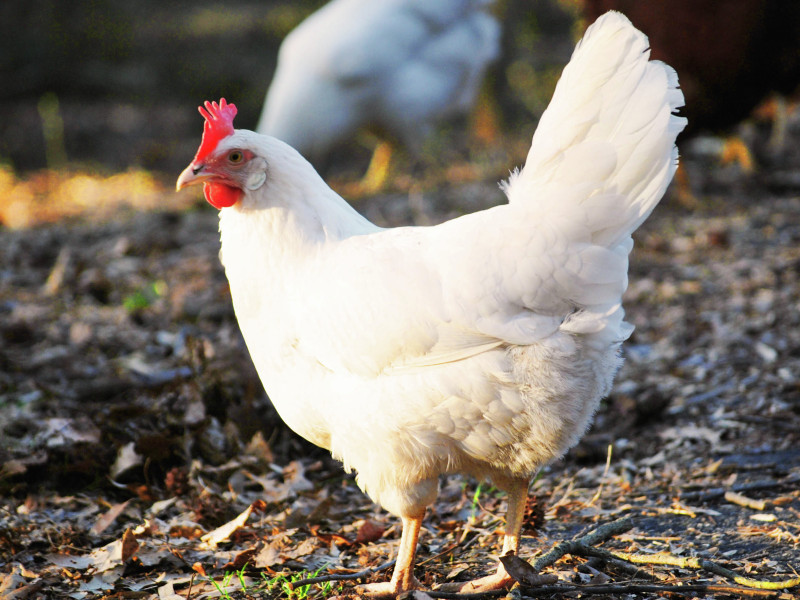
As long as they have enough food, water, and heat, White Leghorn chickens will produce around 280 eggs each year. They are a hardy breed that produces large white eggs.
They will make a excellent free-range chicken in the summer, when the temperatures are up and the forage is readily available, despite their ability to coup or penned bird.
White Leghorn chickens are renowned for their cowardice (pun intended).
Egg productions (annual) : 280
Temperament : Nervous, Flighty
Weight (female) : 5 lbs
Starts laying eggs at : 16-17 weeks old
2. Rhode Island Red
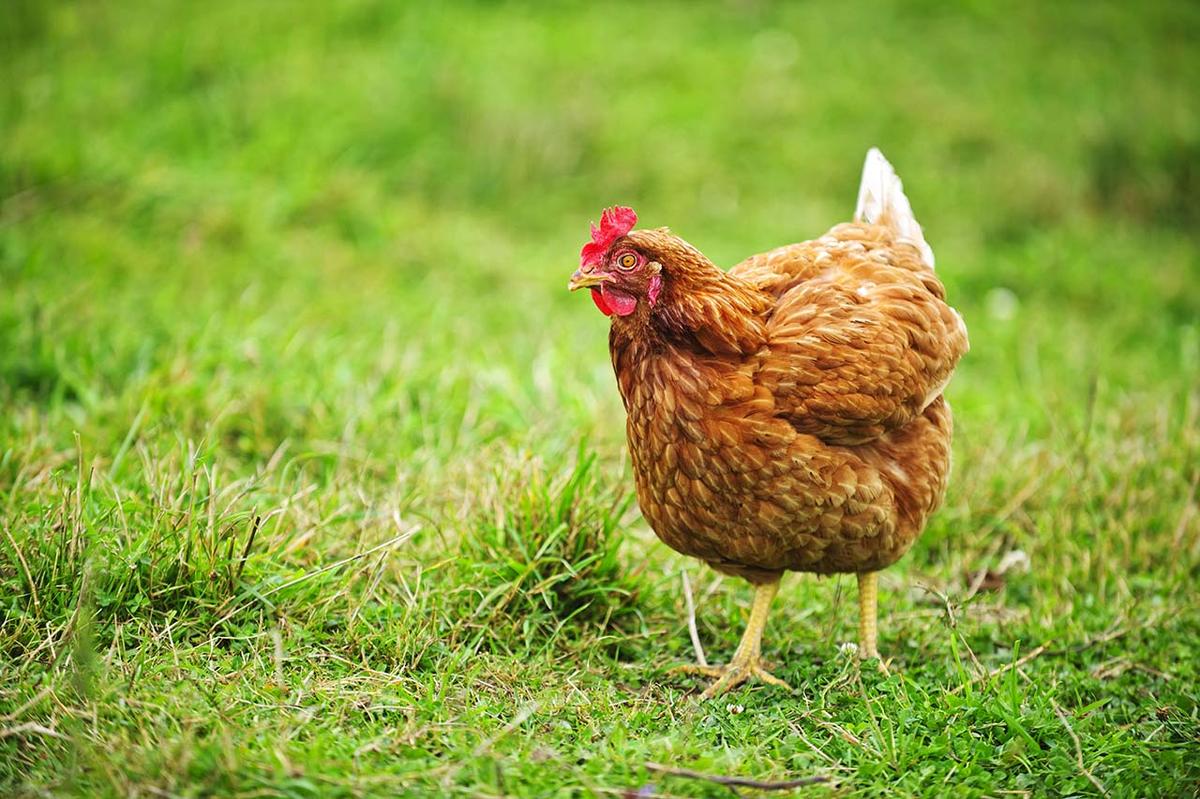
Rhode Island Reds are simple to look after and may create around 260 eggs each year.
As long as you keep moving the pen around for enough food, they are some of the best foragers, making excellent free-range birds and penned hens.
While they are hardy, they may become domineering, particularly when kept apart from other little chicken varieties. Therefore, it is always a good idea to keep them apart.
Egg productions (annual) : 260
Temperament : Hardy
Weight (female) : 6.5 lbs
Starts laying eggs at : 18-24 weeks old
3. Red Sex Link

The Red Sex Link is a hardy, free-range chicken that will lay between 250 and 300 eggs each year and is one of the best.
A Red Sex Link is the first on your list if you prefer brown eggs, since the eggs are brown colored. Because of their general calm demeanor, they are excellent birds for companionship, but they are not particularly broody.
Egg productions (annual) : 250-300
Temperament : Gentle, Quiet
Weight (female) : 5-7.5 lbs
Starts laying eggs at : 15 weeks old
4. Ameraucana
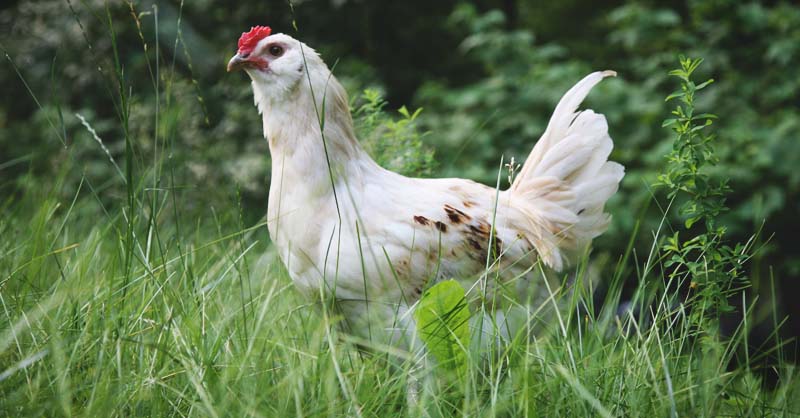
These may be the most fun birds to have when laying eggs.
The Ameraucana is often referred to as the “Easter Egg Chick,” since these birds produce multicolored eggs that are as tasty and lovely. They can adapt to a variety of conditions and are both housed and couped. It’s worth noting that:
Among this breed is the “crossed beak” genetic disorder that will affect about one in 100 chicks.
Egg productions (annual) : 250
Temperament : Broody
Weight (female) : 4.5-5.5 lbs
Starts laying eggs at : 25-30 weeks old
5. Barred Plymouth Rock

The Barred Plymouth Rock chickens can’t be beat if you want one of the nicest and friendliest egg-laying chicken breeds available.
They make fantastic free range chickens and are quite prolific egg layers, so you’ll always have fresh light brown or peachy colored eggs on the table. They’re terrific foragers, so they produce lovely eggs. They are big, so you won’t lose them, and they blend well into other bird flocks.
Egg productions (annual) : 280
Temperament : Calm
Weight (female) : 6.5 lbs
Starts laying eggs at : 18-22 weeks old
6. Golden Laced Wyandottes

These huge birds are excellent egg layers, and if you need to pot them, the extra bulk will come in handy.
Wyandotte chickens are among the finest free-range chickens because they are gentle, calm, and excellent foragers. Few can resist the exceptionally spectacular chickens, which are broody and tend to produce a clutch of eggs for a sustainable flock. If you allow a clutch of eggs to develop for a sustainable flock, the hen will do an excellent job with the chicks.
Egg productions (annual) : 200
Temperament : Docile
Weight (female) : 6 lbs
Starts laying eggs at : 18-20 weeks old
7. New Hampshire Red
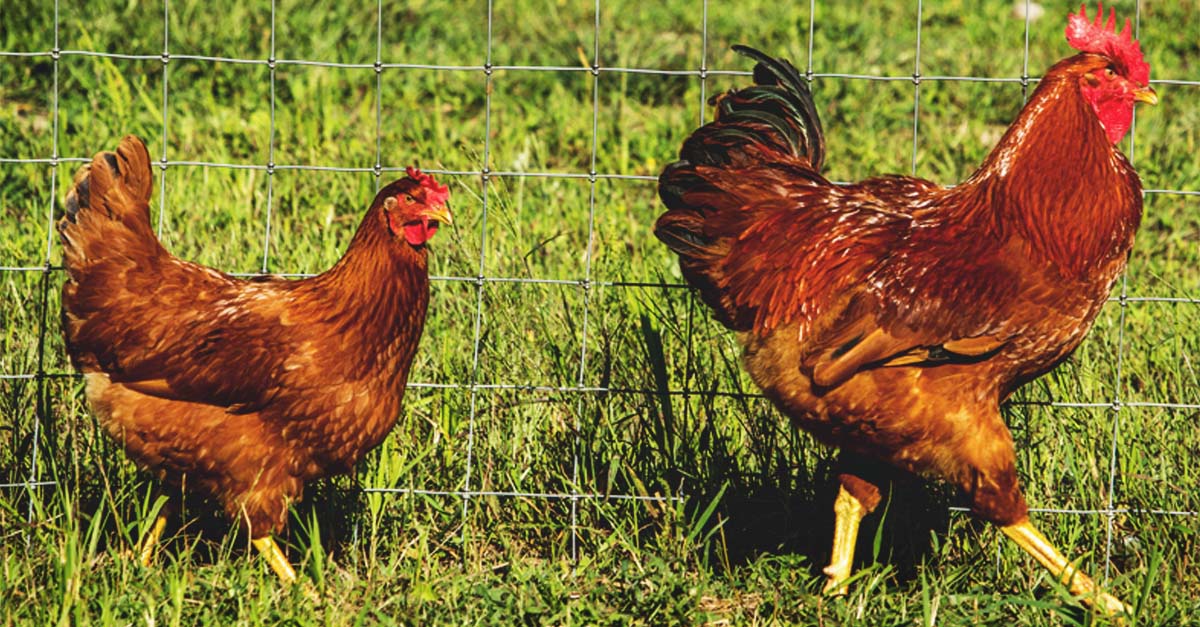
A New Hampshire Red is a breed that can do it all.
They don’t lay as many eggs as some breeds, but they will lay around 200 eggs each year. However, there are few better egg layers for the pot than these, if you’re looking for one of the more delicious birds. The hens are also hardy and broodiness, as well as being cold. If there aren’t enough hens around, the roosters may get irritated with one another.
This type should be at the top of your list if you want both an egg-laying and meat-producing chicken in one breed.
Egg productions (annual) : 200
Temperament : Competitive, Aggressive
Weight (female) : 6.5 lbs
Starts laying eggs at : 18-21 weeks old
8. Buff Orpington

A Buff Orpington is a laid-back, no-nonsense kind of guy. These are large, attractive birds that make wonderful pets.
Even if you have kids or are really interested in a chicken for its calm nature, this is a great breed to consider. This is an egg-laying chicken breed that can only lay around 150 eggs every year. They perform best in a limited habitat, such as a penned-in terrain or a coup, but they may also thrive as free-range birds if the conditions are right.
They will, however, always need a place of shelter, since their coats are fluffy and retain moisture. They don’t fly particularly well, so if they are free ranging, predators might become an issue.
Egg productions (annual) : 150-200
Temperament : Friendly, Easily Handled
Weight (female) : 6-8 lbs
Starts laying eggs at : 19-24 weeks old
9. Australorp
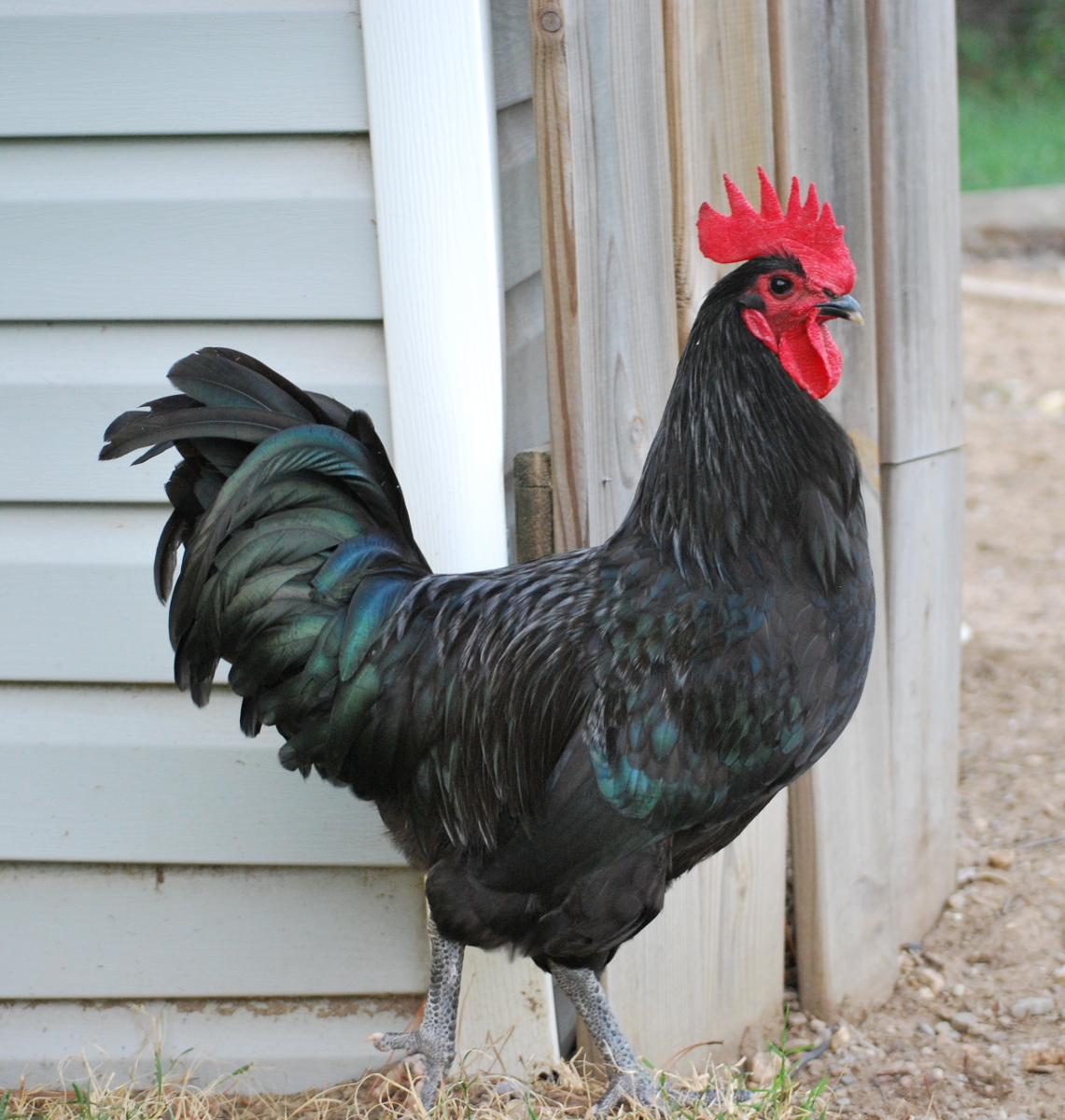
Australorp chickens lay a considerable quantity of eggs, produce a lot of meat, and have a beautiful hue. They are one of the friendliest chicken breeds available. Australorp is a good option if you’re a complete beginner.
Yet, unlike other breeds, Australorp has a difficult time raising. Others are frequently tormented and eggs are sometimes eaten.
Egg productions (annual) : 250
Temperament : Hardy
Weight (female) : 5-7 lbs
Starts laying eggs at : 22-24 weeks old
10. Speckled Sussex
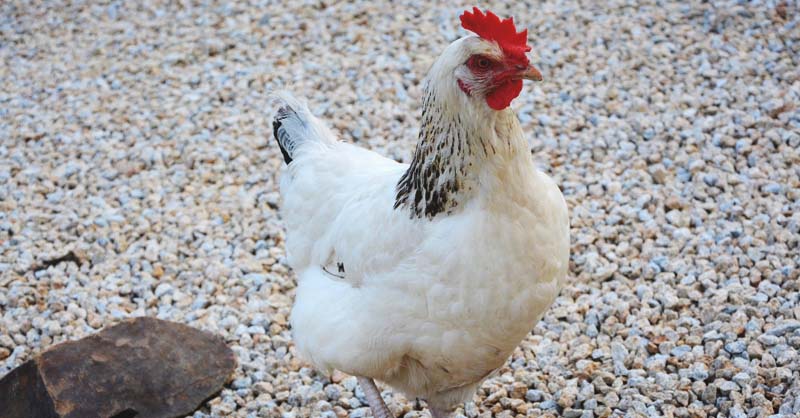
The females average almost 8 pounds apiece, making one of the heaviest layers in the world. Not only do they lay more than 250 eggs each year, but also because they lay so many. Sussex chickens, on the other hand, don’t need vast areas, as they are small.
When raising Sussex alongside other breeds, be cautious. Bullies usually go after them.
Egg productions (annual) : 250-300
Temperament : Docile, Curious
Weight (female) : 7-8 lbs
Starts laying eggs at : 16-20 weeks old
Other Things to Consider
While the chickens mentioned here are some of the most popular and effective egg layers around, you’ll have to choose which kind is right for you.
Consider the quantity of land you have, the degree to which you want to take care of them, their overall arrangement, and what you plan to do with all of those eggs!
1. Needed Space
A chicken coup may be created in practically any yard, even in the center of town, if the hens are housed.
A little bit of a yard space should be available outside for the hens to stretch their legs, which may be a good spot to feed and drink. This may be a year-round chicken home if it is properly insulated.
Chicks may be kept outside while still having enough space to walk around with pens. You may build a permanent pen or a movable pen that can be picked up and relocated from location to place, either with a small indoor shelter for roosting or laying eggs. Constant foraging in various locations and fresh greens is possible with moveable pens.
A suburban yard or a tiny farm would suffice, although you’ll need a bit more space than in a city backyard.
Free-range may range anywhere around your property, including a huge penned-in area, such as an acre or more. On farms with vast acreage on which the chickens may rove, this technique works best.
Many people believe that free-range hens produce the greatest chickens and freshest eggs, and that as long as they have a shelter for the night, you may have free-range hens that will live and thrive.
2. Other Characteristics
Raising chickens solely for the purpose of eating their eggs is a great way to do it. There is no issue with doing just that if that is all you want to do.
However, there are other features that may be relevant, and they at least deserve to be mentioned in the same sentence. They’re birds that are broodier, foraging well, excellent layers, and big enough to be worth-while eating in terms of pure sustenance.
Consider how your flock will be healthy and populated if you have birds that brood well.
The finest free-range breeds are those that are good foragers, and they will consistently provide you with eggs. A bigger chicken would be your best option when it comes to putting some meat on the table.
Other features, such as foraging or brooding, may be of particular importance to readers, despite the fact that this essay is primarily about egg-laying chicken breeds.
